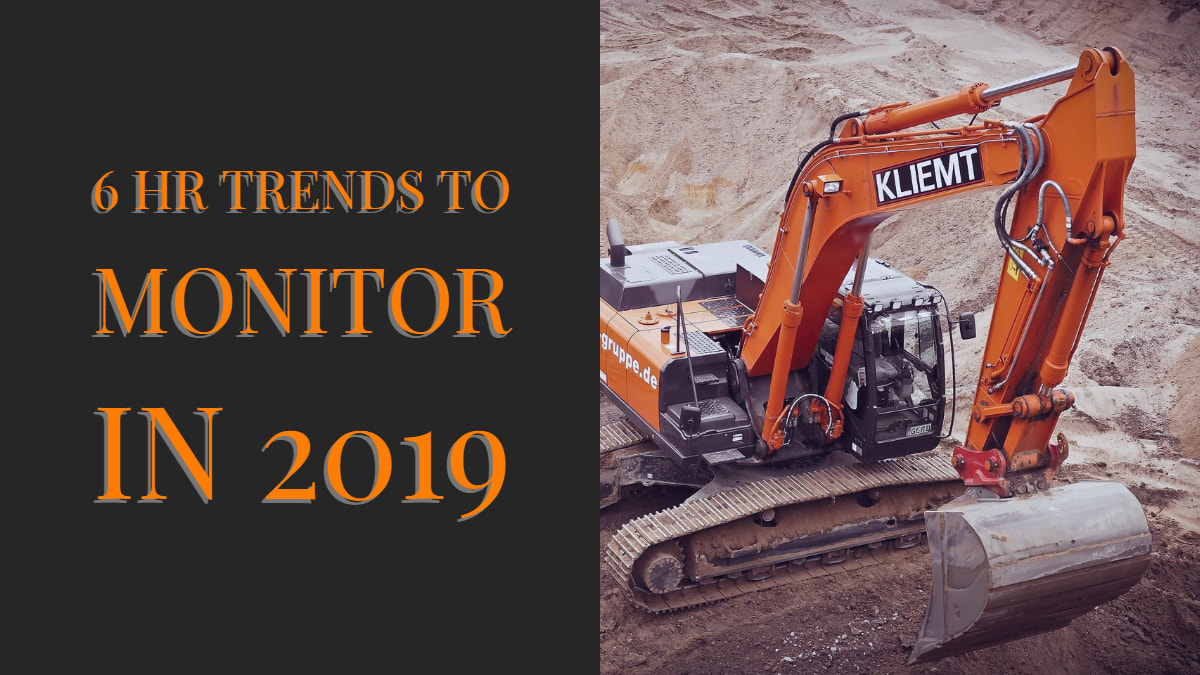|
The internet, smartphones and other online technologies have helped businesses streamline their supply chains and inventories. However, human error, software incompatibilities between vendors and a lack of transparency can cause even the most efficient operations to experience time-consuming and costly errors.
Online cryptocurrencies like bitcoin depend on a technology called blockchain that can instantly share, secure, verify and store records simultaneously. As a result, many businesses are using blockchain systems to implement efficient and secure recordkeeping systems. What is blockchain and how does it work? Blockchain is a new type of shared, encrypted recordkeeping system that can be seen in real time by everyone involved in a supply chain or other business operation. These systems work by recording a separate record, or “block,” every time a process is updated. Essentially, each block in the system serves as a digital puzzle piece that verifies the next record, creating a digital chain. Each block is encrypted and can’t be changed, since altering any information in the record would be like taking a piece out of a finished puzzle and trying to change its shape. Advantages of blockchain Because each stakeholder in an operation keeps a separate copy of blockchain records, the systems allows for a large amount of transparency and communication. Businesses can also customize how users see information in a blockchain system. For example, an online retailer could let a customer view their orders and shipping statuses, but not their full inventory system. Blockchain technology can give businesses an instant picture of both large and small-scale operations, such as a single product’s location or real-time sales figures. And since records can’t be altered or viewed without permission, they’re extremely safe from cyber attacks and data breaches. Potential applications Here are some of the potential benefits of a blockchain management system:
0 Comments
Heavy rain, storm surge, hurricanes and other severe weather events can lead to devastating floods that cause extensive damage. According to the Federal Emergency Management Agency (FEMA), flood damage totaled over $8 billion in 2017 and many of the affected areas are still recovering from the impact.
After a flood hits your business, you’ll still have expenses such as building leases, employee payrolls and cleanup costs. And because any business interruption means that your revenue will be lowered or gone altogether, you’ll need a source of income quickly. Although flood insurance is there to help you recover and rebuild your business, you need to know how to make a claim so that you can get all of the coverage you can as soon as possible. Starting the Claims Process You can start the claims process immediately after a flood. However, before you call us at (281) 466-1310, you should make sure you have the following information:
When the insurer that issued the flood policy gets notice of your loss, you may be able to qualify for an advance payment before the inspection. However, these payments are at the discretion of the insurer and shouldn’t be relied on when you’re planning your recovery process. Pre-inspection Steps After the claims process has started and local officials have determined that it’s safe, you should return to your property to prepare for an inspection to assess the damage. Here are some steps to take before an inspection:
The Inspection Process Once a claims adjuster arrives to inspect your business, make sure to record their contact information. After walking through the National Flood Insurance Program’s claims process, the adjuster will inspect your property and take measurements and pictures of the damage. If an adjuster finds that your business has extensive damage, you may qualify for an accelerated claims process to help you begin repairs immediately. Your adjuster may also have advice for you based on your specific policy. Making Repairs and Other Resources When working with contractors, vendors and third parties after a flood, it’s important to keep copies of all receipts, bank statements, invoices and other documents that show how you paid for repairs. These items may be used as permanent records in case your business floods in the future, and they could affect how much you’re compensated. Getting your insurance coverage after a flood is key, but you have other resources at your disposal. FEMA’s website has a number of resources and programs you can use to recover. You can also contact TWFG Insurance - Spring / The Woodlands for any questions on your flood policy or for resources to help you reduce your damage with pre-incident plans. A new year brings new issues for HR professionals to contend with. Some challenges are similar to previous years (overtime uncertainty), while others are more unique and complicated (legal marijuana and employment). Despite inherent difficulties, staying tuned in to these six trends can keep you ahead of the game in 2019. Ignoring them will only put you behind.
Below are the top trends to monitor in the coming months. 1. Opioids, Marijuana and the Workplace Opioids have been concerning employers for the last few years, and quietly ravaging the country for even longer. In 2017, the opioid crisis was declared a national emergency due to tens of thousands dying each year from prescription painkillers. Many of these tragedies started with a legal prescription after a common medical procedure. Beyond their deadly risks, opioids also cause absenteeism and performance issues in the workplace. Opioids are difficult to detect in a drug test and even harder to perceive without one. Knowing this, it’s critical to modernize your drug policy to address opioids and offer resources for alternative pain management strategies. Legal marijuana is also complicating drug policies. Similar to opioids, marijuana is increasingly difficult to detect, with the growing popularity of oils and edibles. Moreover, the drug is legal for medical use in 30 states, making testing legally tricky. You may find it easiest to adjust your drug policy to focus on workplace performance. For instance, clearly prohibiting impairment at work or the promotion of drug use through paraphernalia. Adopting a zero-tolerance policy may backfire with state laws, so be sure to have legal counsel review your policy before enforcing it. 2. Leave-related Issues Did you know that 47 percent of employers were very challenged by cross-state leave laws and 43 percent found it extremely difficult administrating leaves in general, according to a recent XpertHR survey? With ever-expanding legislation, it’s not too surprising. Multistate businesses must contend with different state laws, but even smaller employers can find themselves juggling laws between localities. Without proper guidance, handling common requests like family leave, sick time and reasonable accommodation under the Americans with Disabilities Act can be a nightmare. The first thing employers must do is determine which leave laws apply to them, remembering that certain localities might have different rules. Other aspects, like which leaves can be used concurrently and proper leave documentation should come next. And, of course, proper employee communication is a must—not just putting policies in a handbook, but posting leave notices as well. 3. Soaring Health Care Costs Paying over $15,000 annually for each employee’s health care in 2019 sounds like a bad dream, but it’s the real cost trend. With rates surpassing $680 and $20,000 for single and family coverage, respectively, employers are scrambling to cut costs wherever they can. Yet, that can be easier said than done. Some organizations are encouraging workers to utilize telemedicine or virtual care as a way to trim costs. By “visiting” a doctor online for minor health issues, patients can save a trip to the hospital. And, since it’s virtual, everyone saves money. Another cost-saving strategy is the consumer driven health plan (CDHP) model. This strategy empowers employees to control their health care decisions and choose care that best suits them. Since employees use a savings account to help offset costs from their high deductible health plans, they are incentivized to pick more affordable options. 4. Wage and Hour Concerns Hire more workers or pay overtime? That’s the question growing businesses must ask themselves. With overtime changes looming in the first quarter of 2019, you may think it’s easier to hire more workers at lower salaries. But, depending on your situation, that may not be true. Many states are primed to raise their respective minimum wages in 2019. What’s more, the majority of those rates are already higher than the federal minimum. If you’re considering hiring more workers, check to make sure you know how much you’ll have to pay them in your state. The same goes for federal contractors. As for salaried employees, it looks like we won’t know anything about the overtime rule until at least March 2019. This leaves the current overtime threshold at $23,660. Experts expect that number to increase to between $32,000 and $35,000—far lower than the $47,476 rate initially proposed in 2016. This means you should keep watching for regulatory updates in the coming months. 5. New Technologies HR is always looking for new ways to streamline and improve its processes. In 2019, it appears that people analytics and recruiting technologies will be at the forefront of the trend, according to professional HR organization Toolbox. People analytics is a way of tracking things like employee engagement data, training program effectiveness or ad placement success. The practice examines human data and crunches the numbers so you have a better idea of the return on investment. Need to know if your employees feel appreciated? Want to discover which methods employees are using to communicate with each other? This is where people analytics can help. |




 RSS Feed
RSS Feed